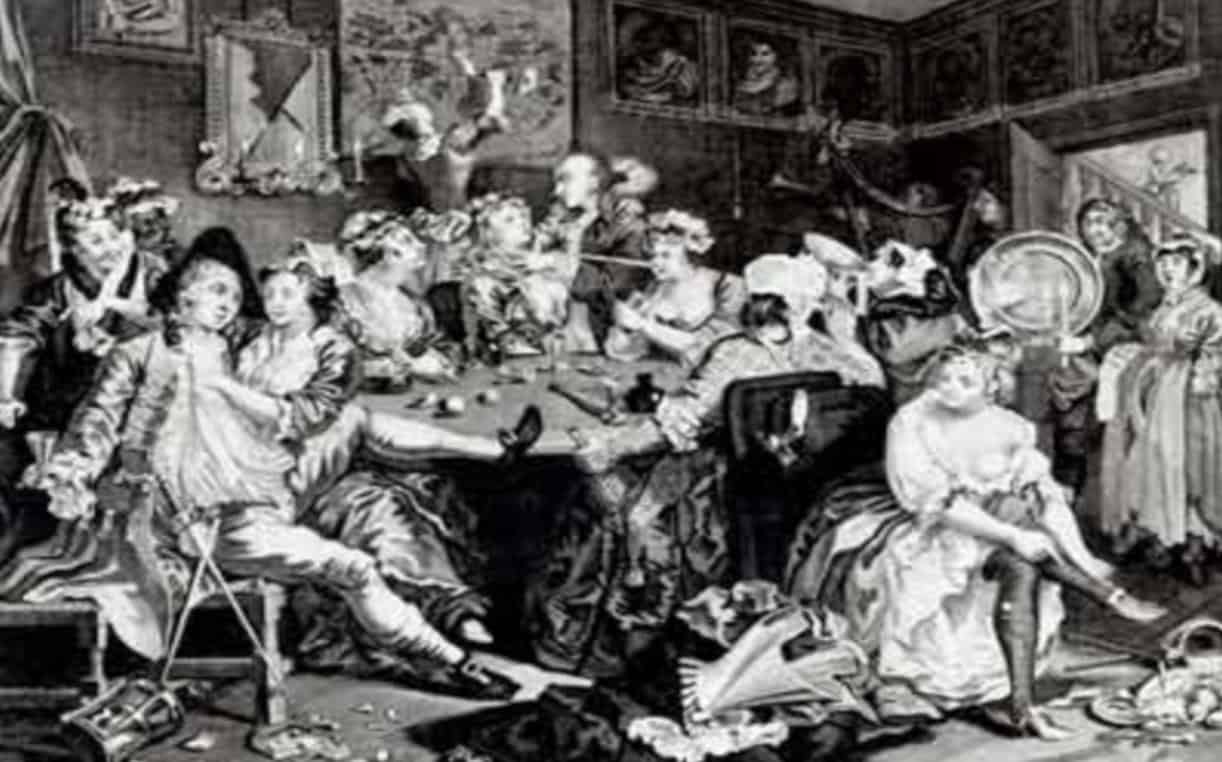
Prostitution and Gambling in 1850s Las Vegas
During the 1850s, a pivotal period in American history marked by westward expansion and frontier development, prostitution and gambling emerged as dominant forms of entertainment in what would eventually become the city of Las Vegas. This era was characterized by a dynamic interplay of economic opportunities, societal changes, and the desire for diversion among the growing population.
The Frontier Atmosphere and Entertainment Demands
As settlers, traders, and explorers ventured into new territories, they sought more than just economic opportunities. The challenges of the frontier, including isolation, harsh conditions, and the absence of established communities, prompted a need for diversion and entertainment. Prostitution and gambling provided a way for these early settlers to temporarily escape the demands of their labor-intensive lives and find solace in the company of others.
Prostitution as a Response to Economic Realities
In the context of the 1850s, women often had limited avenues for economic independence. Prostitution, as a profession with relatively low entry barriers, offered financial stability to many women who otherwise faced limited job opportunities. The transient nature of the population, including laborers, miners, and travelers passing through the region, created a demand for companionship and intimacy that fueled the growth of brothels.
The Emergence of Gambling Establishments
Simultaneously, gambling emerged as a popular form of entertainment. Card games, dice games, and other forms of chance provided excitement and an outlet for risk-taking. Saloons, which often doubled as gambling halls, became gathering places where people could engage in both games of chance and social interaction. Gambling offered a sense of camaraderie and a temporary escape from the challenges of life on the frontier.
The Transcontinental Railroad’s Role
The construction of the transcontinental railroad in the mid-19th century was a transformative event that accelerated the growth of the United States and had a profound impact on the evolution of Las Vegas. This massive infrastructure project brought an influx of laborers, engineers, and other workers to the region, seeking employment opportunities. This sudden surge in population further heightened the demand for entertainment and services.
Exacerbation of Brothels and Prostitution
The construction of the transcontinental railroad not only brought a surge of laborers to the area but also intensified the demand for companionship and intimacy. Many of these laborers were far from their families and social networks, and the loneliness and isolation they experienced created a significant market for the services provided by brothels. As a result, the presence of brothels and prostitution was exacerbated by the increased population and the specific needs of these laborers.
Transition from Frontier Vice to Regulation
Over time, the growth of Las Vegas and the changing social and legal landscape led to a transition in the role of prostitution and gambling. As the region became more settled and organized, attempts were made to regulate and control these activities. The emergence of laws and ordinances aimed at managing prostitution and gambling reflected the evolving societal attitudes towards vice and entertainment.
In conclusion, the 1850s marked a critical period in the establishment of Las Vegas as a center of entertainment, with prostitution and gambling emerging as dominant forms of diversion. The construction of the transcontinental railroad, while bringing an influx of laborers, also exacerbated the demand for these services. This era, characterized by the challenges of the frontier and the need for entertainment, laid the foundation for the unique identity of Las Vegas as an entertainment capital in the years to come.
Las Vegas History
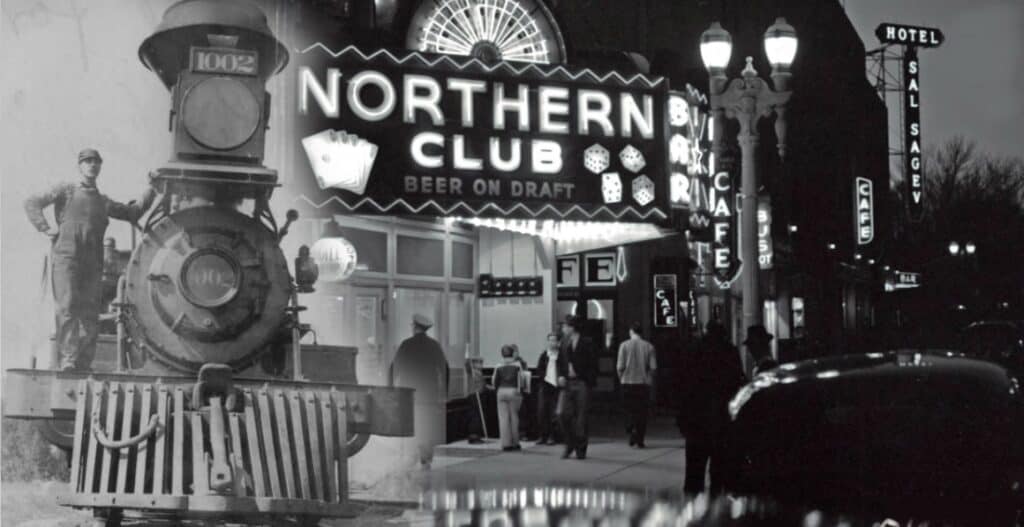
Las Vegas History: Railroad Development Paved the Way for Las Vegas to Become the Gambling Capital of the World
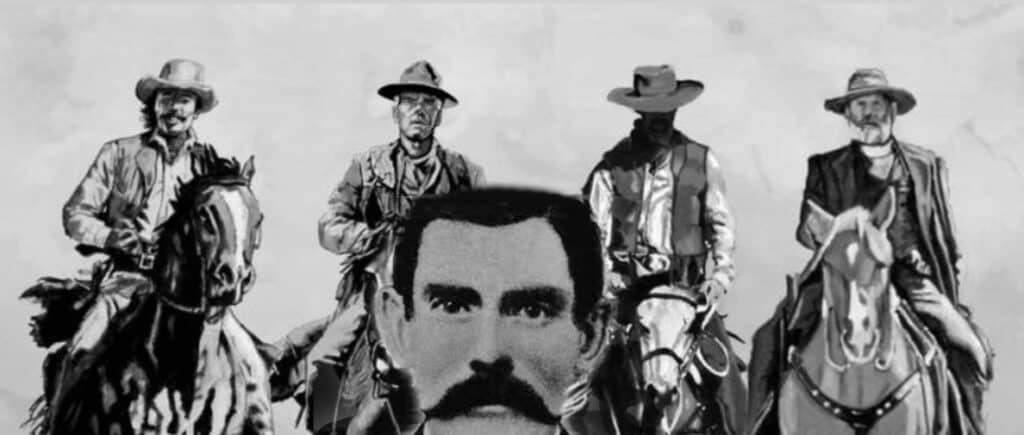
Las Vegas History: Doc Holliday Famous Gambler Gunslinger and Resident of Las Vegas

Las Vegas History: How Las Vegas’ First Telephone Exchange Made Bugsy Siegel’s Race Wire Possible

Las Vegas History: The Official Naming of Las Vegas 1905
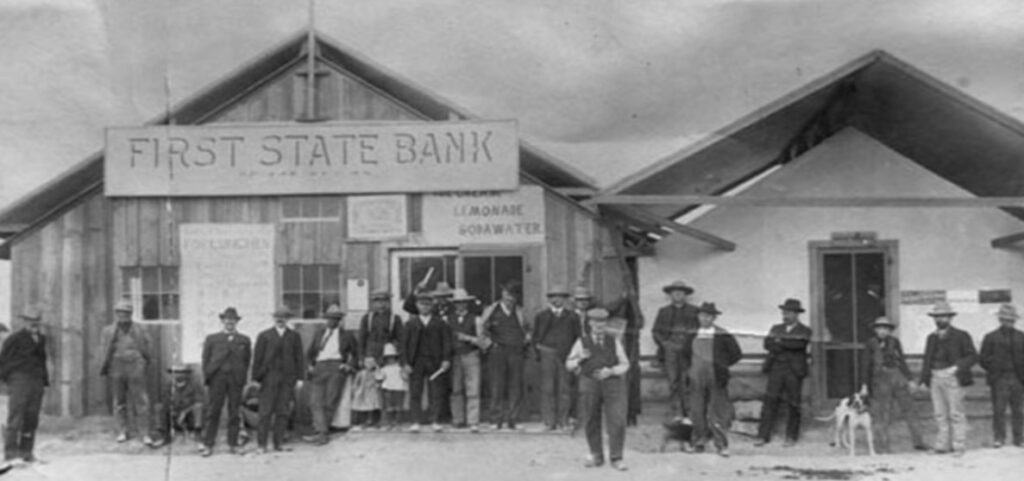
Las Vegas History: 1864 Las Vegas The Impact of Nevada Statehood
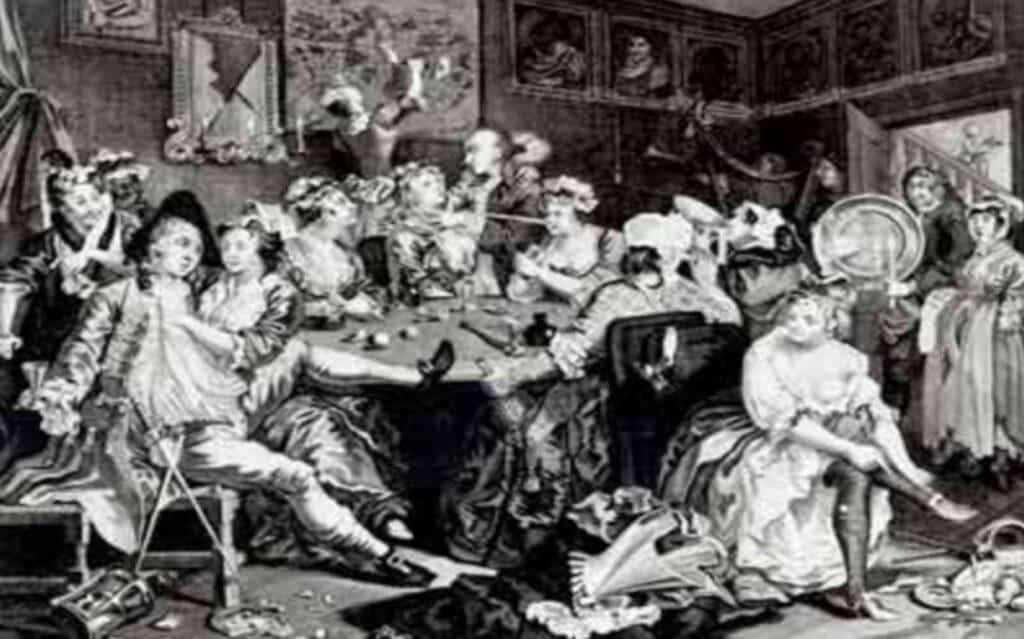
Las Vegas History: Las Vegas and It’s Vices in the 1850s
Frequently Asked Questions (FAQs)
1. What role did prostitution and gambling play in 1850s Las Vegas?
Prostitution and gambling were dominant forms of entertainment during the 1850s in Las Vegas, providing diversion and solace for settlers, traders, and explorers in the frontier atmosphere.
2. Why were prostitution and gambling particularly prevalent during this period?
The challenges of frontier life, including isolation and harsh conditions, prompted a demand for entertainment. Prostitution and gambling emerged as outlets for diversion, offering a temporary escape from labor-intensive lives.
3. How did economic realities contribute to the growth of prostitution in the 1850s?
Limited economic opportunities for women during this period led many to turn to prostitution for financial stability. The transient nature of the population, including laborers and travelers, created a demand for companionship and intimacy.
4. What forms of gambling were popular in 1850s Las Vegas?
Card games, dice games, and various forms of chance were popular in gambling establishments. Saloons, which often doubled as gambling halls, became social hubs for engaging in games of chance.
5. What was the role of the transcontinental railroad in the growth of Las Vegas?
The construction of the transcontinental railroad brought an influx of laborers and workers to the region, intensifying the demand for entertainment and services, including prostitution and gambling.
6. How did the transcontinental railroad exacerbate the presence of brothels and prostitution in Las Vegas?
The sudden surge in population brought by the transcontinental railroad created a significant market for the services provided by brothels. The loneliness and isolation experienced by laborers intensified the demand for companionship.
7. Did the growth of Las Vegas lead to attempts to regulate prostitution and gambling?
Yes, as the region became more settled and organized, there were attempts to regulate and control prostitution and gambling. Laws and ordinances emerged to manage these activities, reflecting evolving societal attitudes.
8. How did the changing social and legal landscape impact the role of vice in Las Vegas?
Over time, as Las Vegas grew and societal attitudes evolved, there was a transition in the role of prostitution and gambling. Efforts were made to regulate and control these activities, moving away from the unregulated frontier environment.
9. Were there specific laws or ordinances aimed at managing prostitution and gambling in Las Vegas?
Yes, the changing landscape led to the emergence of laws and ordinances aimed at regulating and managing prostitution and gambling, reflecting efforts to bring order to these activities.
10. What lasting impact did the 1850s have on the identity of Las Vegas as an entertainment capital?
The challenges of the frontier and the need for entertainment during the 1850s laid the foundation for the unique identity of Las Vegas as an entertainment capital. The legacy of this era contributed to the city’s reputation in the years to come.





